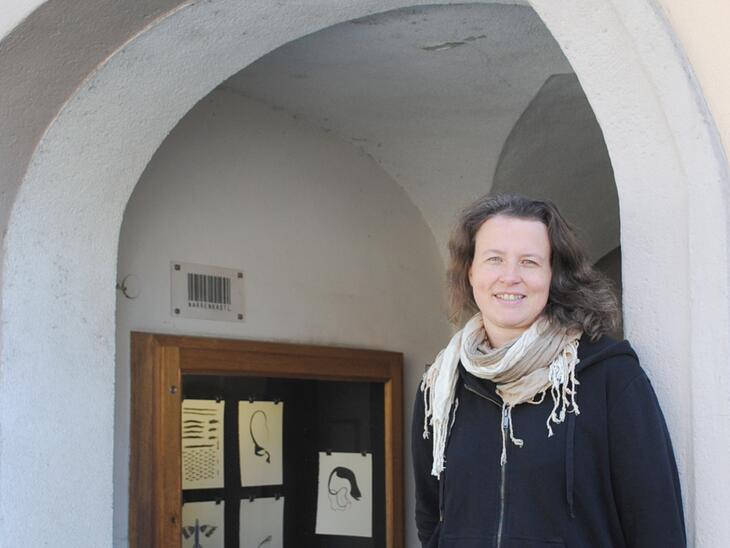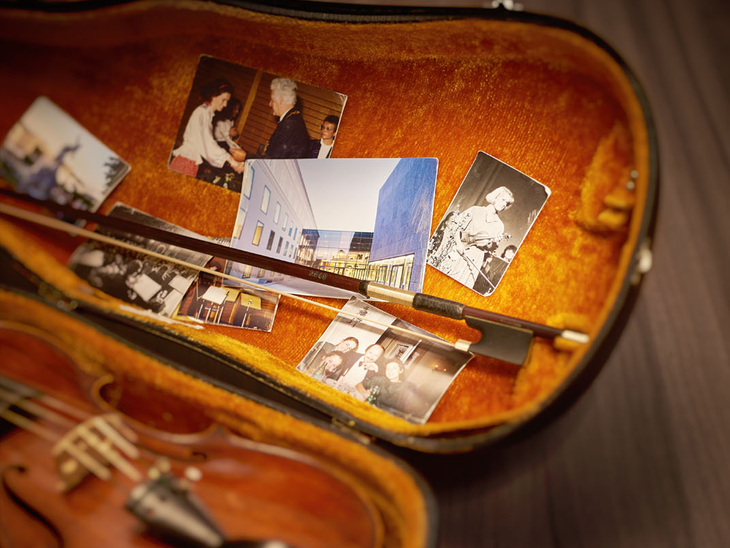

News
-

-
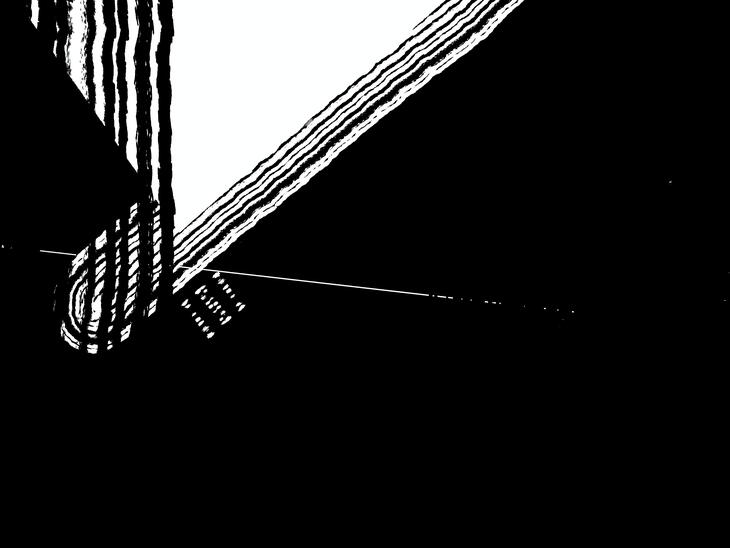 5.10.2020
5.10.2020Unbounded Unbounded deals with the transformation process of the first movement of Mozart's Symphony in A major (KV 201) into a gradually emerging abstract painting, realized in the form of an animated film.
Spot On MozART -
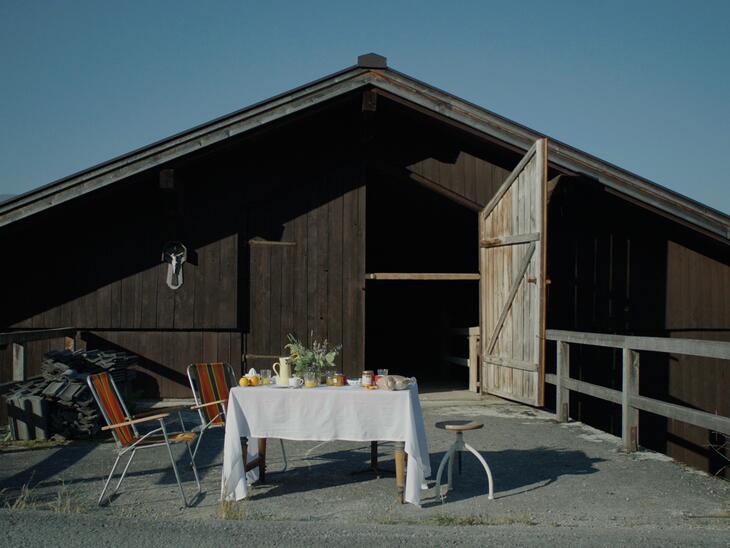 5.10.2020
5.10.2020Idyll Accompanied by the sounds of Mozart's Violin Sonata in E minor, which lays over the smoldering conflicts like an ideal world, IDYLL tells of a family in upheaval…
Spot On MozART -

-
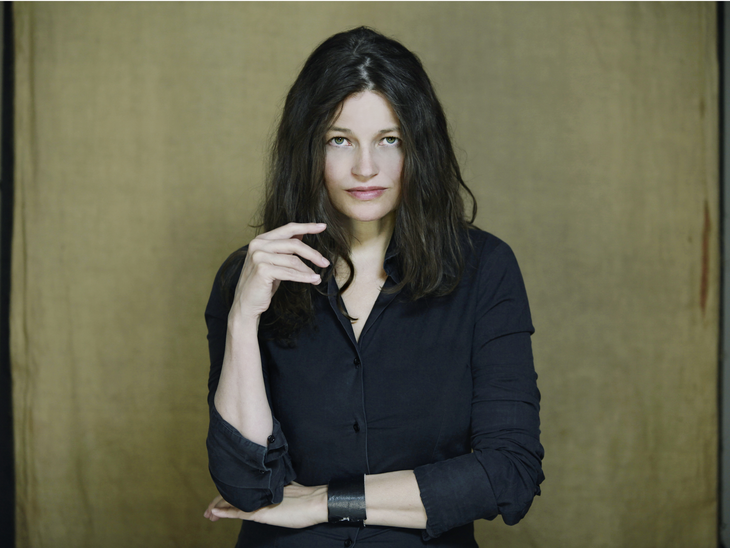 1.10.2020
1.10.2020Opus Klassik for Dorothee Oberlinger, Clemens Hagen and Reinhard Goebel This year's Opus Klassik in the category "Instrumentalist of the Year" goes to Mozarteum professor Dorothee Oberlinger - for her recording "Night Music" with the Sonatori de la Gioiosa Marca (dhm/Sony Music). The OPUS KLASSIK is the successor prize to the ECHO, which the recorder virtuoso has already won three times since 2008.
Awards & Successes -
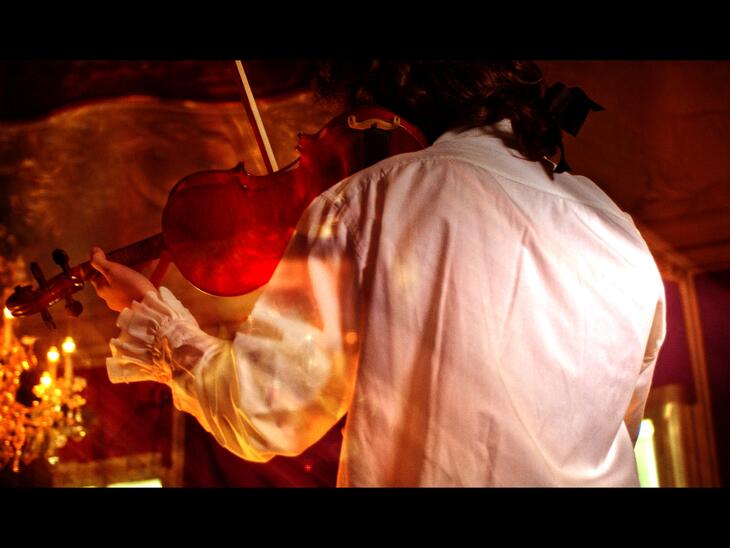 1.10.2020
1.10.2020#beautiful in 1775, the 19-year-old Mozart was commissioned by his employer, Prince-Archbishop Count Colloredo of Salzburg, with whom he was in permanent disagreement, to compose a piece of princely chamber music for the evening entertainment...
Spot On MozART -
 1.10.2020
1.10.2020Mozart Contained! MOZART CONTAINED! is an interactive music experience in several containers.
Spot On MozART -
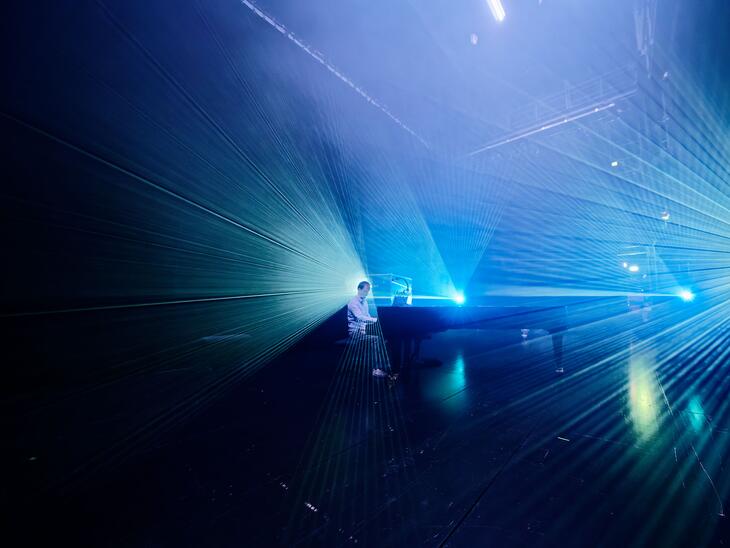 1.10.2020
1.10.2020scanning dimensions SCANNING DIMENSIONS opens a space of projection and light as a dialogue and flowing transition between music and video, where one of Wolfgang Amadeus Mozart's early pieces, KV15dd, becomes the content point of departure for the visualization and staging in space.
Spot On MozART -
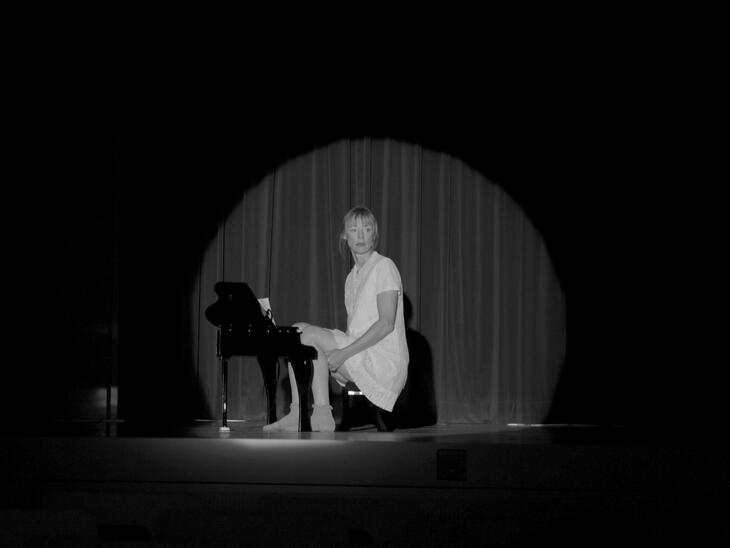 1.10.2020
1.10.2020At night The starting point for the film NIGHT is the Fantasy in D minor by W. A. Mozart, perhaps the most played piano piece, at least among young music students, which inspired a cinematic narrative in which the composer's biographical approaches and musical elements of the composition were associatively transformed into a woman's nocturnal journey through a big city, played by Jenny Schily.
Spot On MozART -
9.9.2020
Declaration of Solidarity with the University of Theatre & Film Arts Budapest (SZFE) We look with horror at the latest developments in Hungary's cultural and educational landscape: a government-appointed board of trustees has taken over the governing powers of the Budapest University of Theatre and Film Arts (SZFE) and abolished the university's autonomy.
Press release
-
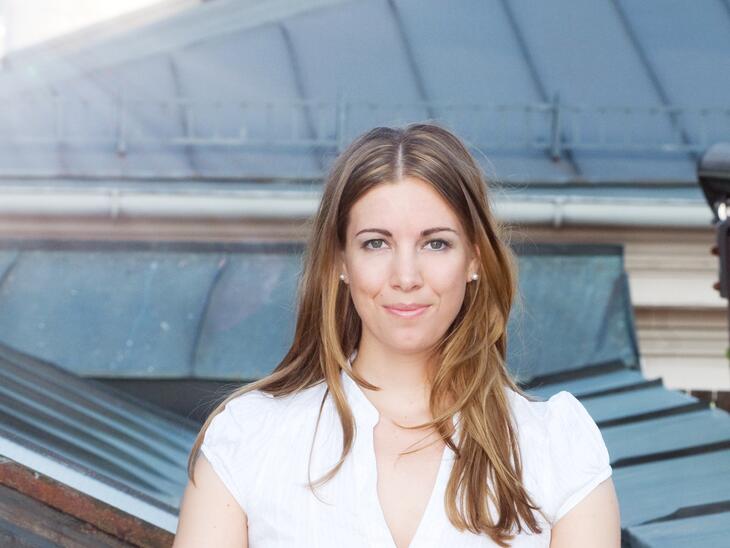
-
1.8.2020
Case study of music teacher teams in wind & choir classes The study aims to better understand the collaboration of music teachers and instrumental / vocal teachers in class musicianship concepts in Austria.
Research project -
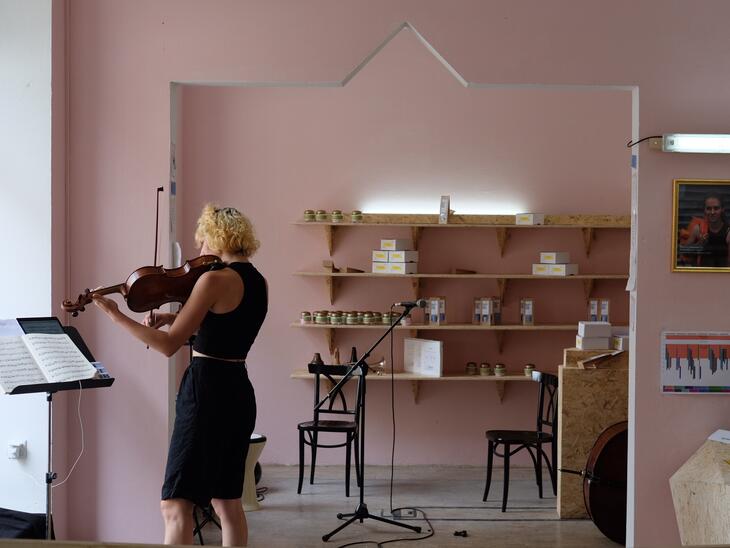 30.7.2020
30.7.2020MEGA:STAGE salzburg MEGA:STAGE salzburg is a project of the Applied Theatre - artistic theatre practice & society programme, which illuminates the festival city of Salzburg from a new perspective and gives a new dimension to one of the original ideas of the festival, that of the "city as stage".
Student project -
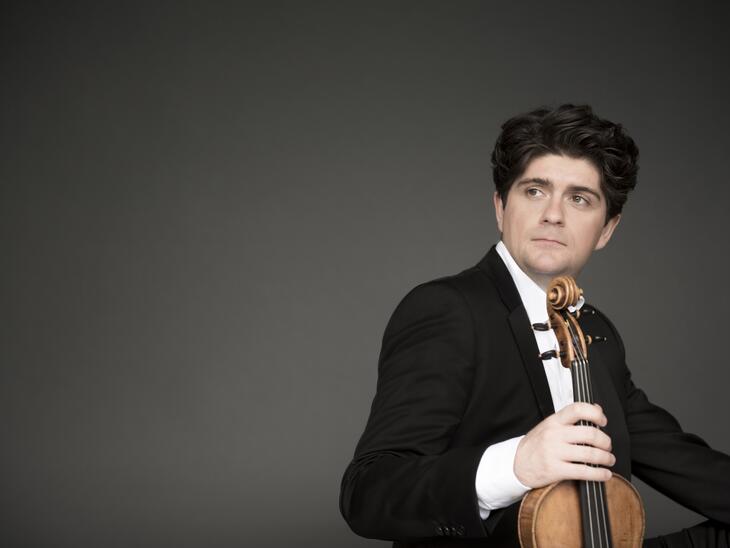
-
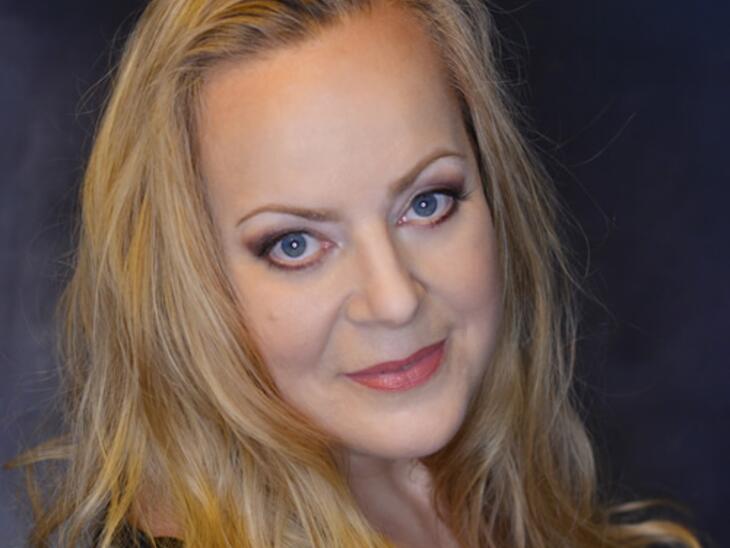
-
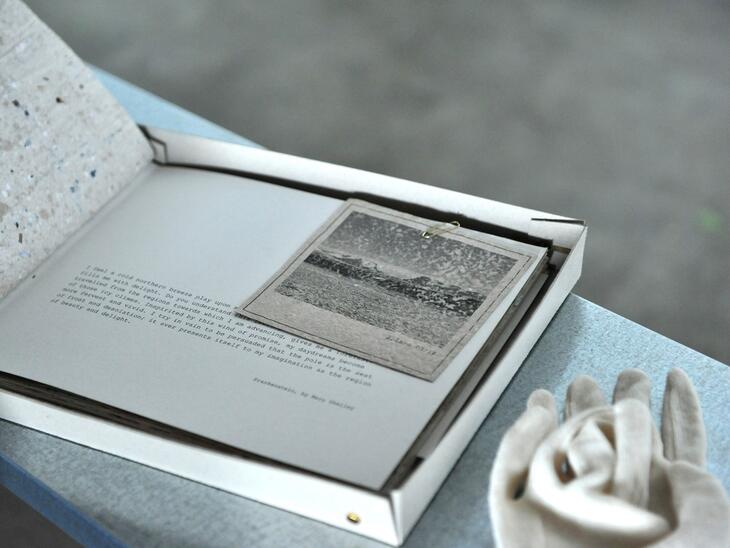 25.6.2020
25.6.2020Length X Width In cooperation with the Austrian Paper Museum Steyrermühl, students intensively explored the material paper, examining material, form, technique, color, structure and haptics, and developed projects in different scales that were subsequently shown publicly in the museum.
Student project -
 23.6.2020
23.6.2020Christine Foidl - Specialist for historical clarinets & instrumental teacher Alumnae & Alumni Stories -
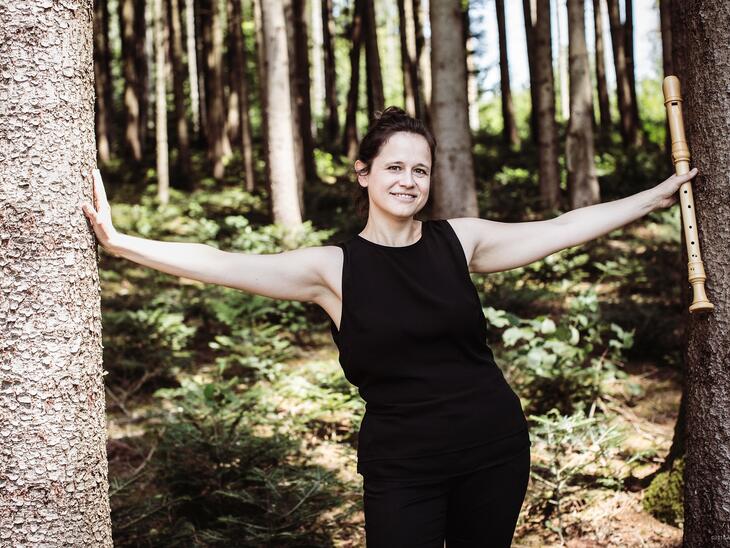
-
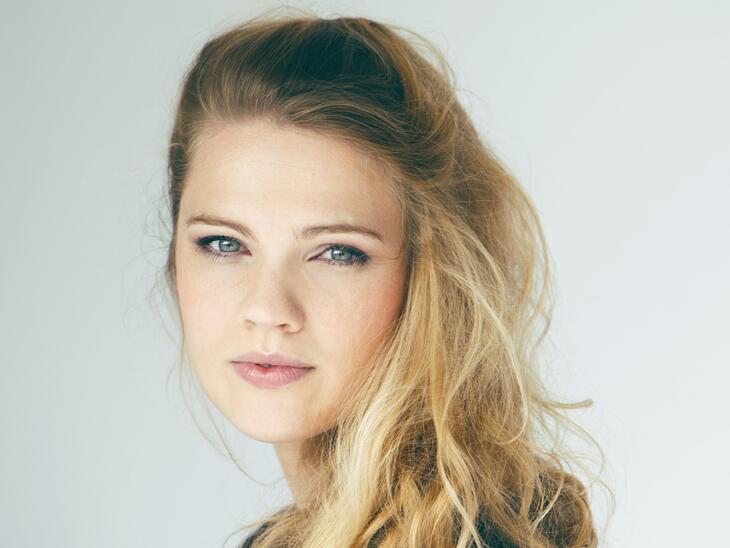
-
